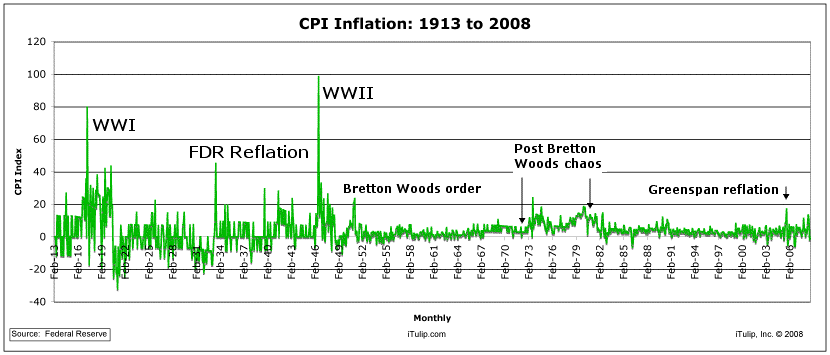Re: Will long treasury rates be 10% soon?
So, Finster, is your skill and mind adequate and agile enough, your time permitting, to put up an example of what the "bullish case" and "bearish case" would earn or lose using for example a 10,000 investment say in TLT?
Is that too much to ask of you?
I personally have held off going long interest rates with the potential of using TBT which I remember is leveraged, or one of the Profunds for the TNX or TYX which are less leveraged. Held off because I can't come to my own opinion about when interest rates might stop going down.
So, Finster, is your skill and mind adequate and agile enough, your time permitting, to put up an example of what the "bullish case" and "bearish case" would earn or lose using for example a 10,000 investment say in TLT?
Is that too much to ask of you?
I personally have held off going long interest rates with the potential of using TBT which I remember is leveraged, or one of the Profunds for the TNX or TYX which are less leveraged. Held off because I can't come to my own opinion about when interest rates might stop going down.



Comment